
 Background Information
Background Information
The writer of the short book, An Account of the Revival of Religion in Boston, was Rev. Thomas Prince (1687-1758), a church historian, as well as the co-pastor of the Old South Church in Boston, Massachusetts.
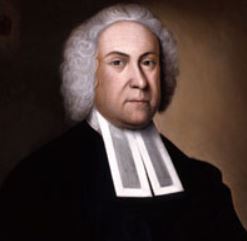
Thomas Prince
Prior to the 1740 Boston Revival, there were five Congregational churches in Boston. The pastors of these churches became notable individuals in colonial America, and they were:
1. Increase (1639-1723) & Cotton Mather (1663 – 1728): Old North Church
2. Thomas Foxcroft (1697-1769) at the Old (or First) Church
3. Benjamin Colman & William Cooper at Brattle Street Church
4. Joseph Sewall (1688-1769) & Thomas Prince of Old South Church
5. John Webb of New North Church (Stephen’s Church)
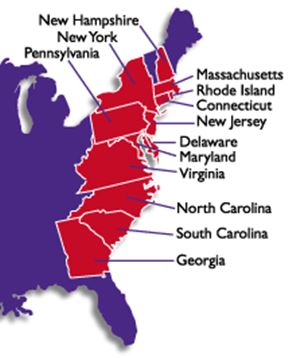
13 Original Colonies
This revival occurred during the First Great Awakening, which included numerous local and regional revivals breaking out in many locations throughout the American colonies.
Prince has given us information leading up to the revival, beginning with 1721. With that information, we will share the preliminary steps Bostonians took to see revival come to their town.
Leading Up to the 1740 Boston Revival
In the spring of 1721, eight ministers united to preach a series of sermons addressing the decrease of godliness noted among the young people. The attendance at these meetings was full, but not long after it began a fatal smallpox epidemic that took the lives of hundreds of youth under the age of 18. (historical account of the 1721 epidemic)
By the spring of 1722, the epidemic lifted, but the surviving youths’ lives were not affected by witnessing the deaths of hundreds of others their age. This led the pastors to unite their churches for a day of prayer and fasting for an outpouring of the Holy Spirit. Even with this increased prayer initiative, the desired outpouring of the Spirit was not received as expected, leading to the pastors and people becoming greatly humbled.
In the spring of 1726, the pastors again united to reverse the “deplorable decay” and they initiated another series of special sermons, focusing on the importance of Bible reading and prayer in the homes, specifically among families. However, like the previous effort a few years earlier, the pastors’ united efforts failed to produce the desired effect, and attendance at these special meetings was meager. Moral decline continued unabated until late October 1729, with a brief respite in 1727.
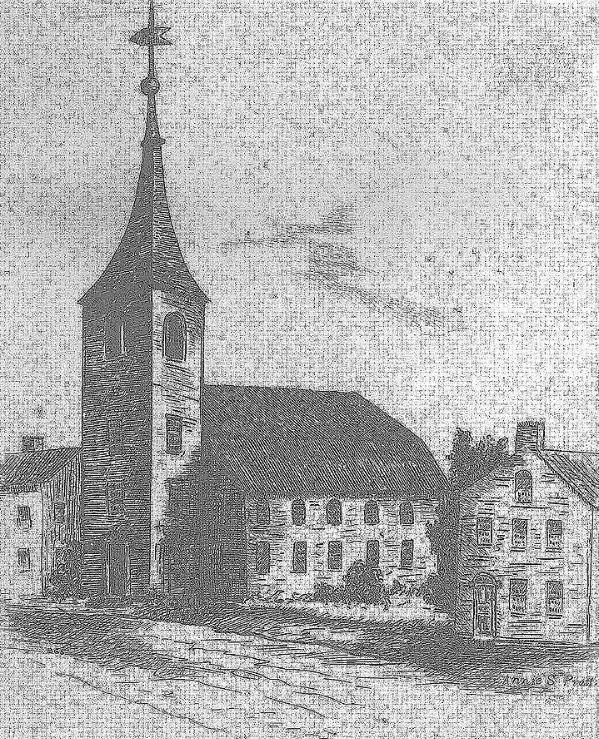
Revival Location: Old North Church, North Square, Boston,
17th–18th century
Revival
Surprisingly, with no forewarning, at the end of October 1727, an unpremeditated movement of the Holy Spirit began, and people began filling churches in the city.
To capitalize on this extraordinary turn of events, a day of prayer and fasting was called for on Thursday of the week this movement started. This led to church buildings being filled with people intent on seeing a widespread outpouring of the Holy Spirit. Yet, similar to previous efforts, this series of events was but a brief and momentary shower of blessing, with relatively few people being added to the churches. Tragically, following these events, another wave of smallpox fell upon the city, and in 3-4 years there was a greater decline in spiritual fervency than ever.
Renewed Efforts
By the summer of 1734 the pastors in the city of Boston united once again, proposing another series of days for prayer and fasting. The purpose of this united effort was:
To humble ourselves before God for our unfruitfulness under the means of grace, and to ask the effusion [outpouring] of his Spirit to revive the power of godliness among us.
This effort in united prayer, however, produced only a “sprinkling,” and the spiritual drought continued.
During the year 1735, another plague struck Boston, this time it was a “terrible throat-distemper” (diphtheria). It spread among the youth and brought many to an early death, often within three days. So severe was it that in some towns, almost all the children were lost to it (Diphtheria Epidemic of 1735).
Revival of 1735
Thomas Prince wrote of a revival that started in 1735, centered in Northampton, Massachusetts, which affected about 12 other congregations in the surrounding area. This was the revival that originated at the Congregationalist Church in Northampton, Jonathan Edwards being the minister of that church at that time. That reviving fire also spread to 14 other congregations in Connecticut.
The news of this spreading revival flooded Boston, generating tremendous anticipation for a similar outpouring to occur there.
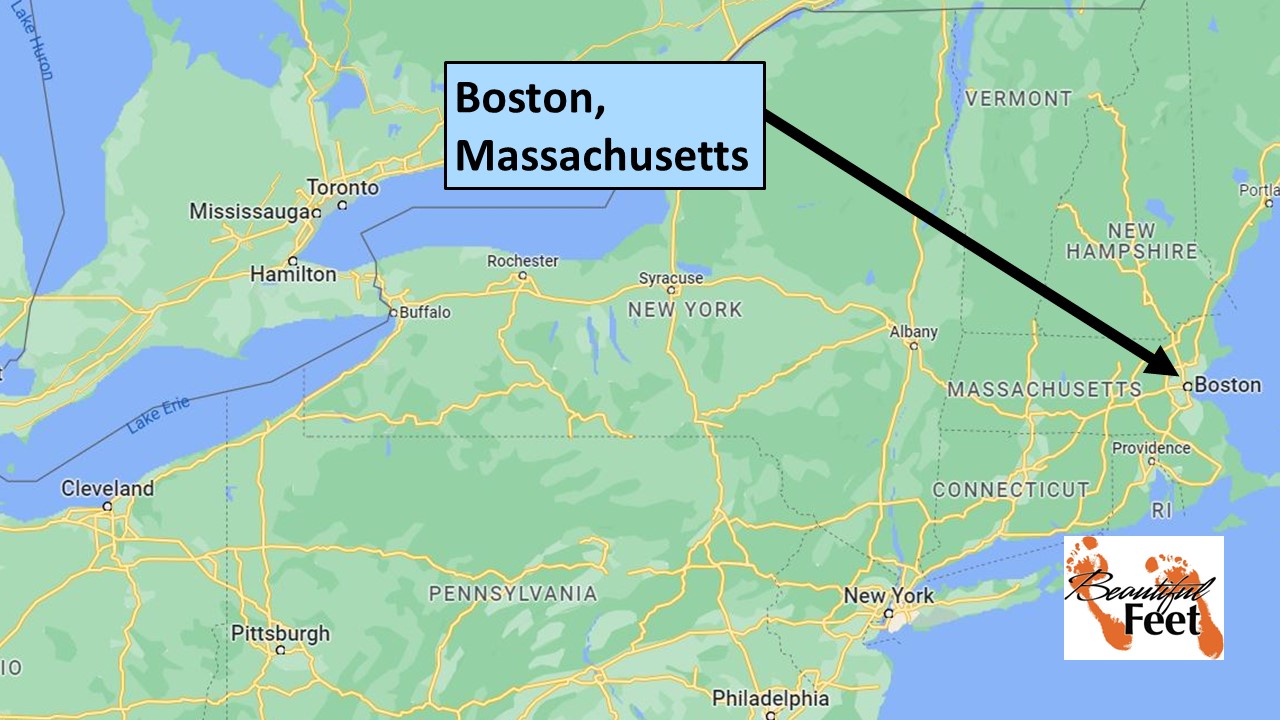
Extraordinary Prayer
With the news of the 1735 Northampton Revival, faith among the Bostonians led them to a strong commitment to prayer. Disappointingly, just like on similar occasions, the answer to those prayers did not come for five more years.
George Whitefield’s Ministry in Boston
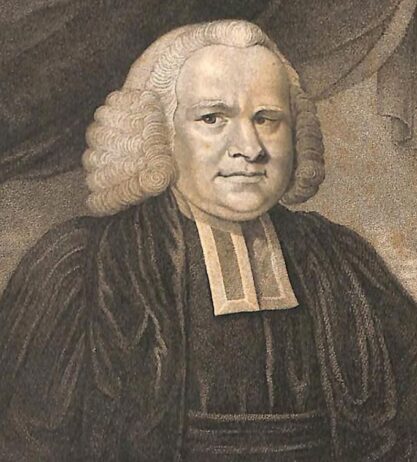
English Revivalist,
George Whitefield
In September of 1740, George Whitefield arrived in Boston and was invited to preach at the Brattle Street Church, where there were estimated to be upwards of 3,000 people who quickly assembled to hear him. The result of his ministry was that,
Multitudes were greatly affected and many awakened with his lively ministry.
Though he preached every day, the houses [churches] were exceedingly crowded: but when he preached in the common [park], a vaster number attended: almost every evening the house where he lodged was thronged, to hear his prayers and counsels.
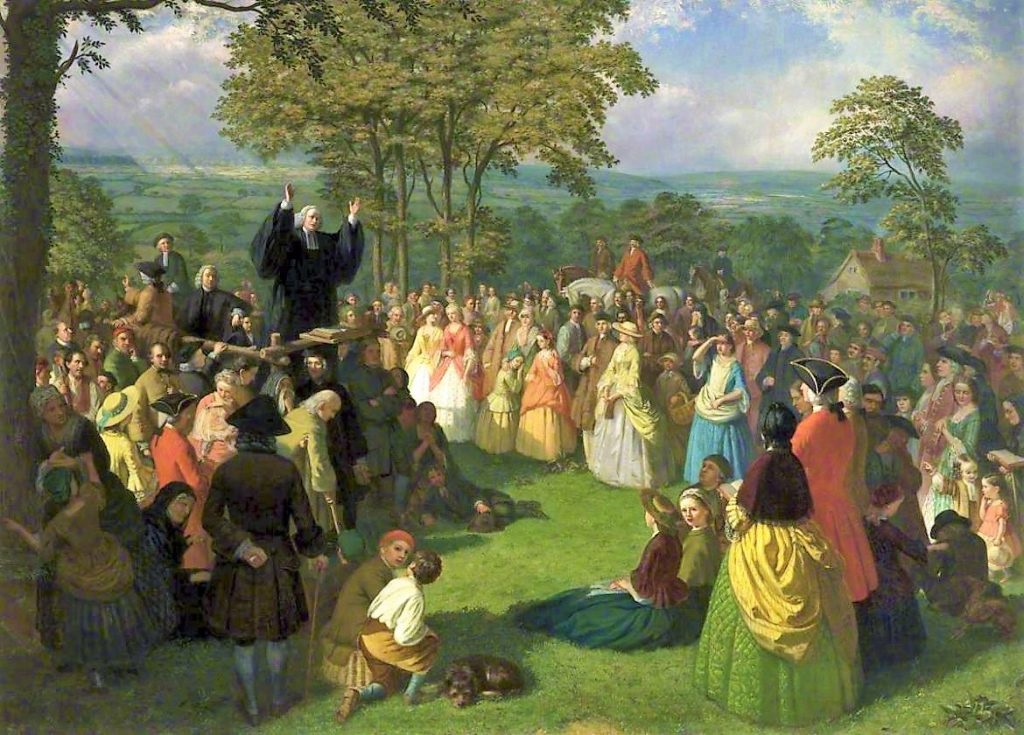
George Whitefield Preaching in Bolton, UK (1750)
Whitefield left Boston on the morning of October 13, 1740, and reflecting on his ministry, Prince commented:
Upon Mr. Whitefield’s leaving us, great numbers in this town were so happily concerned about their souls, as we had never seen anything like it before…
► Attendance at church services increased tremendously.
► The people wanted the Word of God preached and taught more frequently.
Gilbert Tennent’s Ministry in Boston
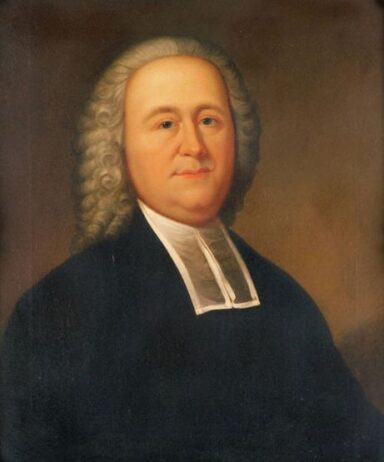
Colonial Revivalist,
Gilbert Tennent
On December 13, 1740, the renowned Revivalist Gilbert Tennent (1703-1764) arrived in Boston, and through his ministry, the revival’s influence in the town was greatly increased. Prince, writing of his ministry, stated:
The people appeared to be yet more awakened about their souls than before.
On Monday, March 2, 1741, Gilbert Tennent preached his farewell sermon to the people of Boston. In an extremely packed church building, boys, girls, young men and women, those well advanced in years, blacks, as well as Indians, all were there, expressing their gratitude for his ministry and the impact he had had on their lives.
The Revival Continued
Even after Tennent’s departure from Boston, there remained a lingering “divine influence” to which believers voluntarily surrendered as they ministered to one another.
Many of the books of respected ministers, both deceased and still alive, were read and studied by thousands, creating a high demand for books and literature.
Boston is Changed
Prince writes that in the year 1741, “the very face of the town” was “strangely altered.” He went on to write that even the lowest and crudest individuals on the streets “left their usual rudeness.” Establishments that were said to have “proven unfriendly to serious godliness” were much less frequented, establishments such as:
Taverns, dancing-schools, and such meetings….
Elaborate clothing styles and jewelry were said to have been set aside as more “humble” attire was donned.
Following George Whitefield’s departure in October of 1740, the revival continued in Boston without any interruption for a year and a half—till the end of June 1742.
Manifest Presence and Power of God
Quite unlike the 1734 Revival of Northampton, Massachusetts, under the ministry of Jonathan Edwards, wherein the manifest presence and power of God overwhelmingly affected people’s physical bodies, Prince made the boast that none of those “extremes,” or “blemishes” were seen in Boston, either in the ministry of George Whitefield or Gilbert Tennent.
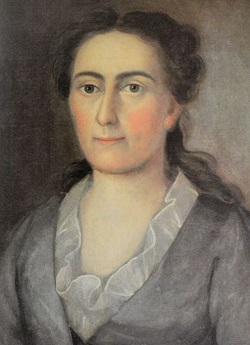
Sarah Edwards
The manifest and tangible presence of God may not have been experienced in Boston by the Congregationalist pastors, but Jonathan Edwards went to lengths describing the effect God’s power had on those assembled during the meetings of Northampton’s revival. Edwards’ wife, Sarah, documented her encounter with God, which was said to have lasted at least 14 days. During that time, she experienced “transports of joy” or a “foretaste of heavenly glory.” Jonathan Edwards fully embraced such encounters and did not dismiss the experience as having occurred in someone with a “distempered mind,” as some would have described her.
Sarah Edwards’ experience can be read in Sereno E. Dwight’s book, “The Life of President Edwards, Chapter XIV”.
George Whitefield also witnessed powerful visitations of the Holy Spirit during his ministry, with that power resulting in producing an effect of prostration on some of those gathered. Here is one of his accounts written concerning the July 6, 1742 Cambuslang, Scotland Revival.
It far out-did all that I ever saw in America. For about an hour and a half there were scenes of uncontrollable distress, like a field of battle. Many were being carried into the manse [pastor’s home] like wounded soldiers [because they were overcome with severe conviction of sin].
Sources
► An Account of the Revival of Religion in Boston by Thomas Prince
► History of The Old South Meeting-House in Boston by Everett W. Burdett
► Memoirs of the Late Reverend George Whitefield by John Gillies
► Narratives of Revivals of Religion in Scotland, Ireland, and Wales by Presbyterian Board of Publication
► The Life of President Edwards by Sereno E. Dwight
► The Records of First Church in Boston by Colonial Society of Massachusetts
► The Revivals of the 18th Century: Particularly at Cambuslang by D. MacFarlan
► The Scottish Revival of the Eighteenth Century by Arthur Fawcett
Return to List of Revival Stories
Chet & Phyllis Swearingen:
Office: (260) 920-8248
romans1015@outlook.com
Beautiful Feet
P.O. Box 915
Auburn, IN 46706


